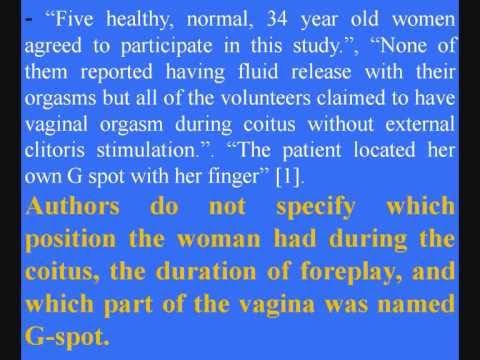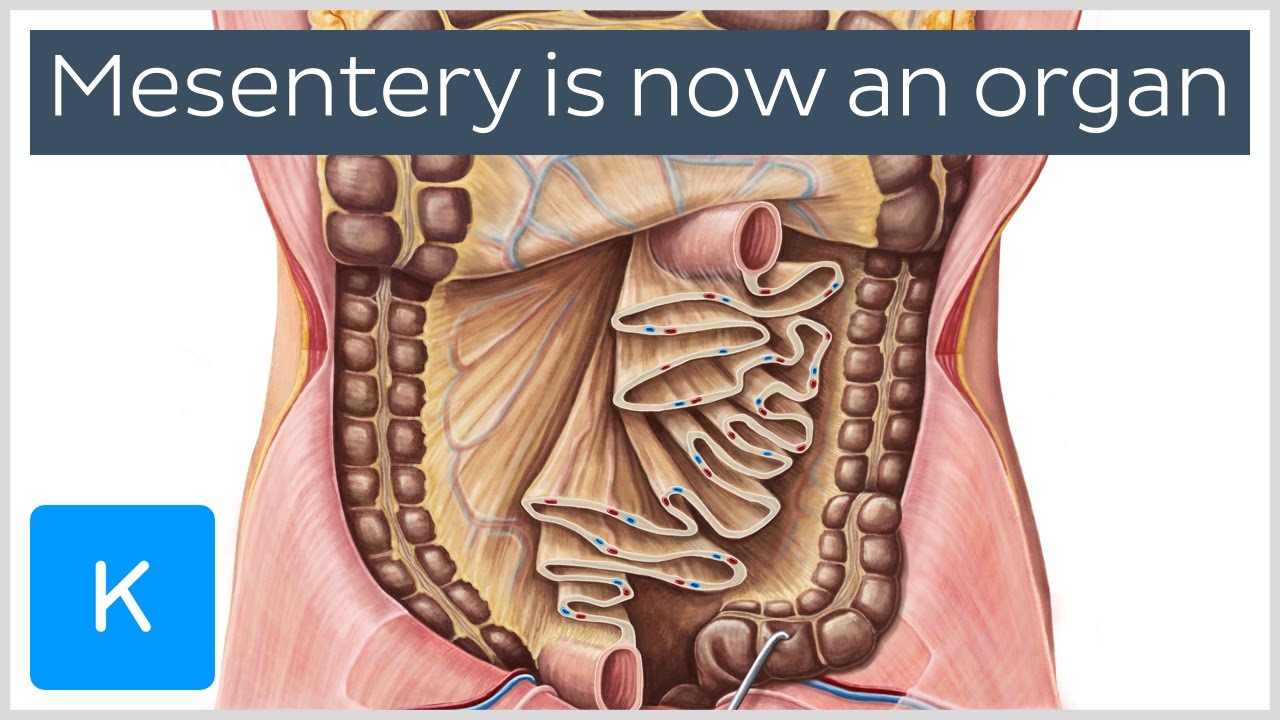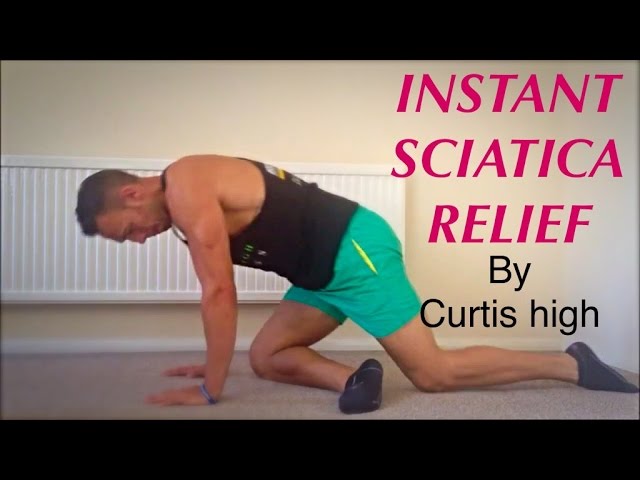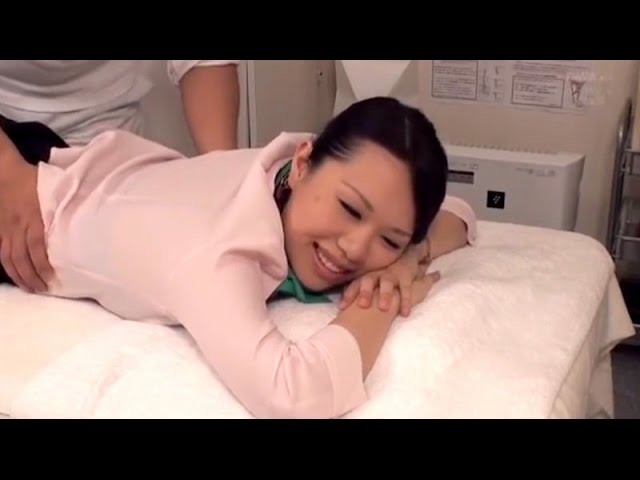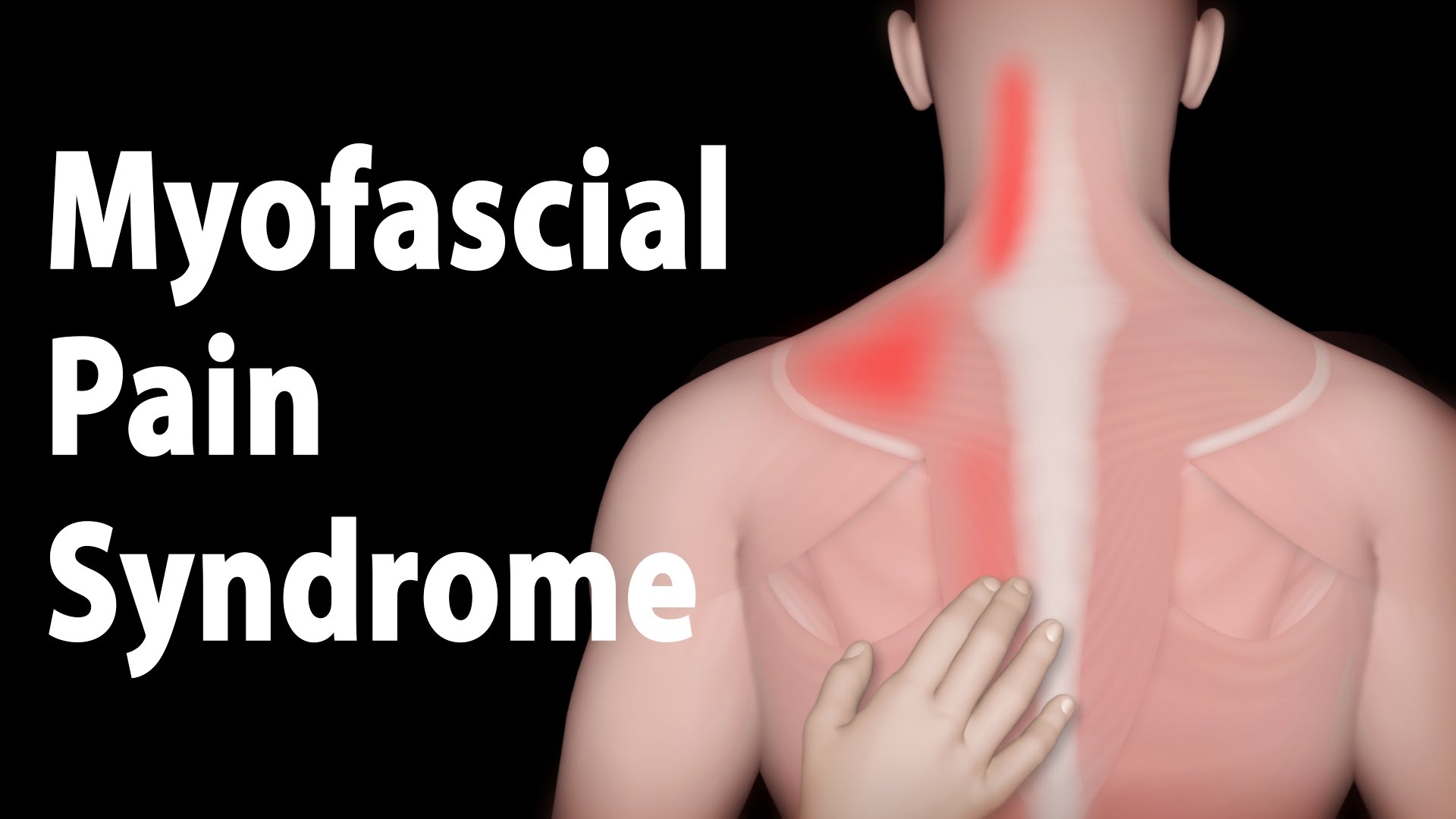Why the Journal of Sexual Medicine (Editor Dr. Irwin Goldstein) has censored this Editorial Comment?… From an anatomical point of view the clitoris cannot be in contact with the anterior vaginal wall and finally the G-spot is only an hypothesis without scientific bases. There is no embryological, anatomical and physiological support about the special sensitivity of the lower anterior vaginal wall. The meaning of words is important in science, but particularly in female sexuality and sexual medicine experts and sexologists should spread certainties for all women not hypotheses or personal opinions: they should use correct scientific terminology. In Foldes's article, O'Connell's article, Jannini's article there are many scientific mistakes! "The clitoral complex, composed of the distal vagina, urethra, and clitoris, is the location of female sexual activity, analogous to the penis in men": this definition written in O'Connell's article has no embryological, anatomical and physiological support and in the male penis there is not a vagina. To describe the cluster of erectile tissues (clitoris, bulbs and corpus spongiosum, labia minora, corpus spongiosum of the female urethra) responsible for female orgasm, the correct (and simple) anatomical term is female penis. Sexologists should define as making love, making sex, the case in which the orgasm happens in both partners with or without a vaginal intercourse (Vincenzo Puppo 2005)… See other videos in newsexology
Tag: anatomy
New organ has been classified in the Human body – Medical News | Kenhub
Find more videos at: https://www.kenhub.com
Subscribe to our YouTube channel: http://bit.ly/VOEG2I
The digestive system has a new family member – the mesentery. It has been there in the Human body for thousands of years, but always thought to be something else. After years of work, researchers have officially classified the mesentery as another organ of the digestive system.
For more Human Anatomy video tutorials, interactive quizzes, articles and an atlas of Human Anatomy, go to https://www.kenhub.com !
Or subscribe to our Youtube channel: http://bit.ly/VOEG2I
Like us on facebook: https://www.facebook.com/kenhubcom
Follow us on twitter: https://twitter.com/kenHub_com
Articles related to this video
=============================
Mesentery
https://www.kenhub.com/en/library/anatomy/mesentery
Irish surgeon identifies emerging area of medical science
https://www.ul.ie/research/blog/irish-surgeon-identifies-emerging-area-medical-science
Atlas related to this video
=============================
Overview of the mesentery
https://www.kenhub.com/en/atlas?sequence=overview-of-the-mesentery
INSTANT SCIATICA PAIN RELIEF – Curtis High
I HAVE UPDATED THIS VIDEO! with more science backed evidence check it out:
https://www.youtube.com/edit?o=U&video_id=ui3bKms6OEQ
if you get Sciatica! this will help you wonders!
please ensure you see a GP before undertaking any for of diagnosis or exercise
FOLLOW MY FITNESS PROGRESS
http://www.curtishighfitness.com
***********************************************
PLEASE SUBSCRIBE TO MY CHANNEL
************************************************
WEBSITE
http://www.curtishighfitness.com
Like On Facebook:
http://www.facebook.com/curtishighfitness
Follow on Twitter!
Tweets by Curtishigh
Check out my pics on Instagram!
http://www.instagram.com/curtishigh
Myofascial Pain Syndrome and Trigger Points Treatments, Animation.
This animation and many other pain management related videos/images (in HD) are available for instant download licensing here: https://www.alilamedicalmedia.com/-/galleries/images-videos-by-medical-specialties/pain-management-images-and-videos
Voice by Khoi Dao http://www.khoidaovoice.com/
©Alila Medical Media. All rights reserved.
Perfect for patient education.
All images/videos by Alila Medical Media are for information purposes ONLY and are NOT intended to replace professional medical advice, diagnosis or treatment. Always seek the advice of a qualified healthcare provider with any questions you may have regarding a medical condition.
Myofascial pain syndrome is a common chronic pain disorder that can affect various parts of the body. Myofascial pain syndrome is characterized by presence of hyperirritable spots located in skeletal muscle called trigger points. A trigger point can be felt as a band or a nodule of muscle with harder than normal consistency. Palpation of trigger points may elicit pain in a different area of the body. This is called referred pain. Referred pain makes diagnosis difficult as the pain mimics symptoms of more well-known common conditions. For example, trigger point related pain in the head and neck region may manifest as tension headache, temporomandibular joint pain, eye pain, or tinnitus.
Symptoms of myofascial pain syndrome include regional, persistent pain, commonly associated with limited range of motion of the affected muscle. The pain is most frequently found in the head, neck, shoulders, extremities, and lower back.
Trigger points are developed as a result of muscle injury. This can be acute trauma caused by sport injury, accident, or chronic muscle overuse brought by repetitive occupational activities, emotional stress or poor posture. A trigger point is composed of many contraction knots where individual muscle fibers contract and cannot relax. These fibers make the muscle shorter and constitute a taut band — a group of tense muscle fibers extending from the trigger point to muscle attachment. The sustained contraction of muscle sarcomeres compresses local blood supply, resulting in energy shortage of the area. This metabolic crisis activates pain receptors, generating a regional pain pattern that follows a specific nerve passage. The pain patterns are therefore consistent and are well documented for various muscles.
Treatment of myofascial pain syndrome aims to release trigger points and return the affected muscle to original length and strength. Common treatment options include:
– Manual therapy, such as massage, involves application of certain amount of pressure to release trigger points. The outcome of manual therapy strongly depends on the skill level of the therapist.
– The Spray and Stretch technique makes use of a vapor coolant to quickly decrease skin temperature while passively stretching the target muscle. A sudden drop in skin temperature provides a pain relief effect, allowing the muscle to fully stretch, and thus releasing the trigger points.
– Trigger point injections with saline, local anesthetics or steroids are well accepted as effective treatments for myofascial trigger points.
– Dry needling — insertion of a needle without injecting any solution – is reported to be as effective as injections.
